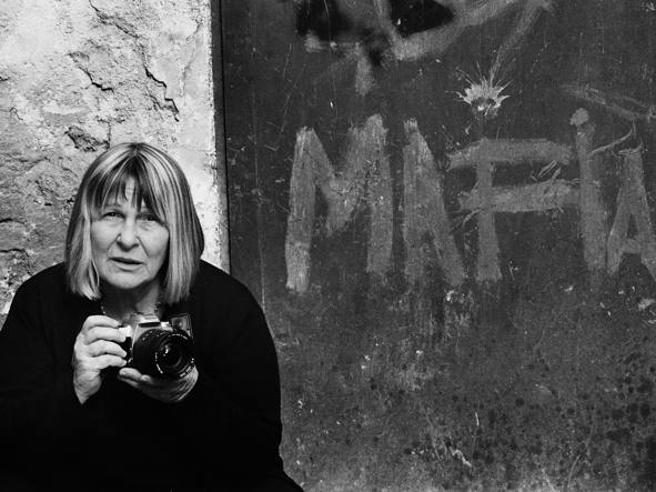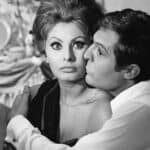Not just the “Photographer of the Mafia” but also a witness to life and society in our country
Letizia Battaglia is recognised as one of the most important contemporary photographers, not only for shots firmly present in the collective consciousness, but also for the civic and ethical value she brings to the practice of photography.
She was born in Palermo in 1935 where she will spend most of her career and life. At the age of 27 she accidentally met the poet Ezra Pound; this quick acquaintance brought her closer to his poetry, which became a great source of inspiration throughout her life.
Letizia would later find work at “l’Ora,” a local newspaper in Palermo with which she would collaborate for several years even after a brief experience in Milan in the early 1970s. In Milan, Letizia would learn photography until, in ’74, she returned to her beloved hometown upon receiving a job offer for a position as head of photography, again for the newspaper “l’Ora.”
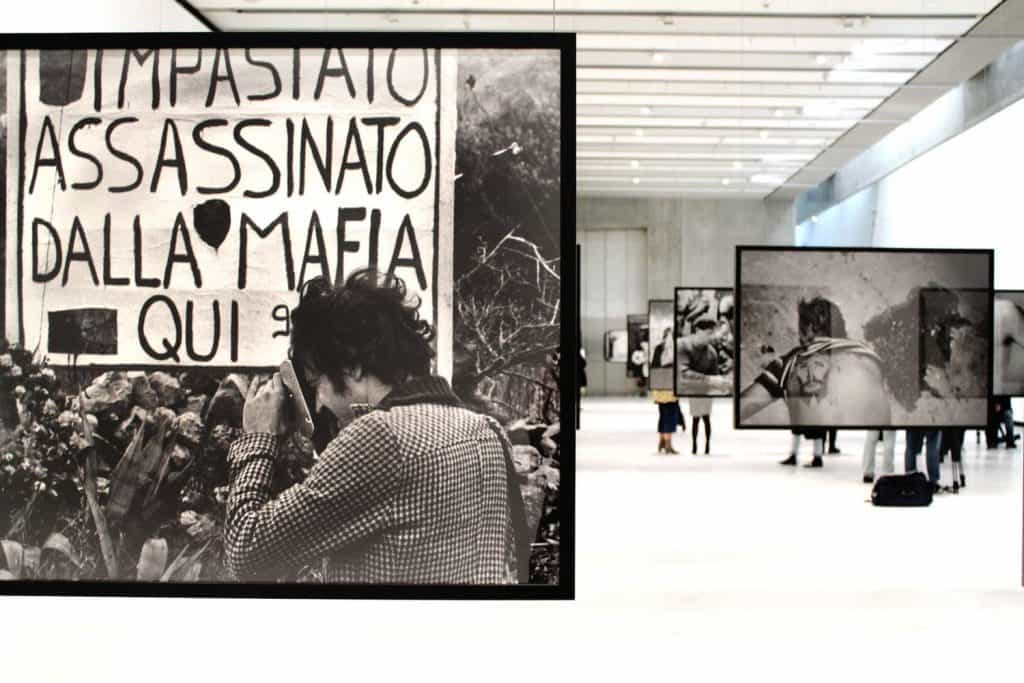
She would finally begin to confront the harsh reality of a city, a region, split by the Mafia, cronyism, politics, and poverty: photography would become her full-time vocation, her constant commitment not only serving to bring the stark reality to everyone’s attention but also allowing her to work side by side with other great witnesses of her time including, for example, Josef Koudelka and Ferdinando Scianna.
Her commitment as a photographer inside and outside the newspaper is continuous, this at least until 1992, the year of the murders of Giovanni Falcone and Paolo Borsellino. Heartbroken and exhausted, she will interrupt her career as a photojournalist but will not abandon the struggle, preferring instead to focus on her cooperative activities of awareness-raising and dissemination.
Indeed, Letizia Battaglia has always supported and collaborated with different agencies and different workshops to spread her knowledge and experience to all those who are eager, like her, to make photography their mission, their weapon of rebellion.
This “mission” will culminate with the inauguration, in 2017, of the “International Center of Photography of Palermo,” a historical archive that collects the shots of more than 150 photographers, professionals and amateurs, who wish to show to the public, national and international, their vision of the city and so that these testimonies can be preserved forever.
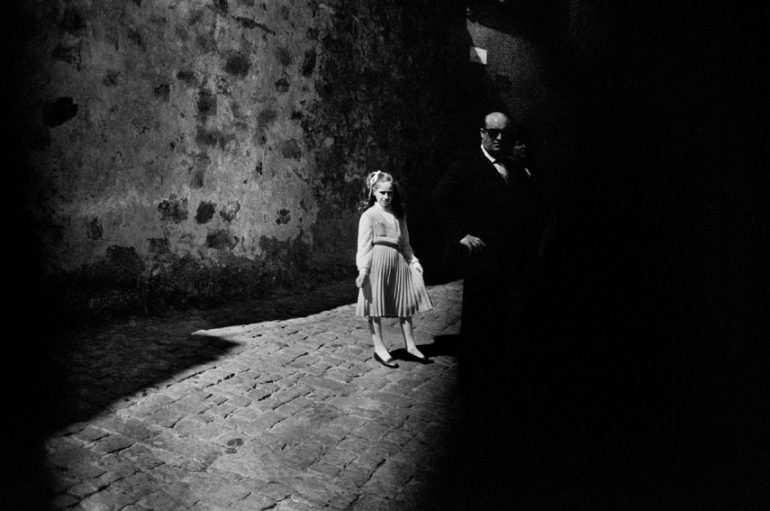
The Photography
Numerous colors come to mind when we think of Sicily: its golden countryside, the yellow and orange of its orchards, the green of its gardens, the white of its marbles, and the blue of its sky.
Why then did this woman prefer instead to paint her land, with which she was madly in love, in black and gray white hues? Letizia Battaglia’s bond with her country is a complex and bitter one.
A woman with a strong critical capacity, with an enormous sense of responsibility that draws her towards danger where her photography is needed.
We are in the period of the “Years of Lead,” the building speculations of the “Sack of Palermo,” and the Mafia assassinations such as that of Peppino Impastato or that of Piersanti Mattarella (brother of our President of the Republic).
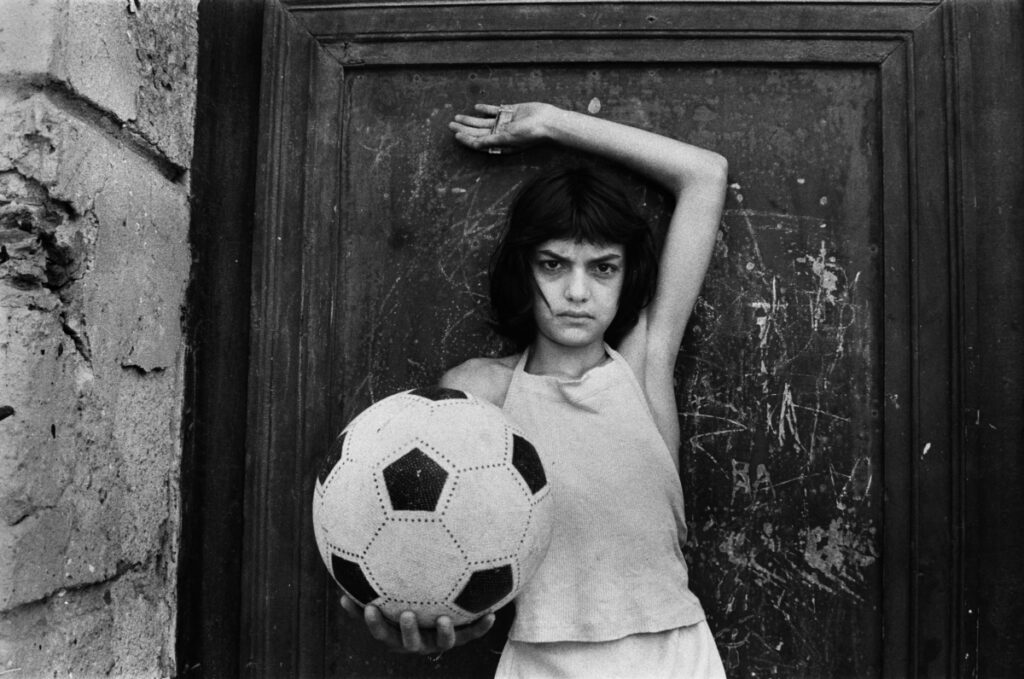
Letizia has an uncomfortable job, but she continues undaunted to photograph: the Hotel Zagarella – where Andreotti was portrayed dealing with clan members -, the assassination of Judge Terranova and that of other fellow citizens guilty of getting in the way of the affairs of the underworld, the funeral of General Dalla Chiesa; these are just some of the photographer’s most gruesome, important, necessary shots.
But her witness duty does not end there: Letizia is interested in investigating and probing the face of all Sicilians in order to bring back, through her camera, impressions on film of what it means to live in that world.
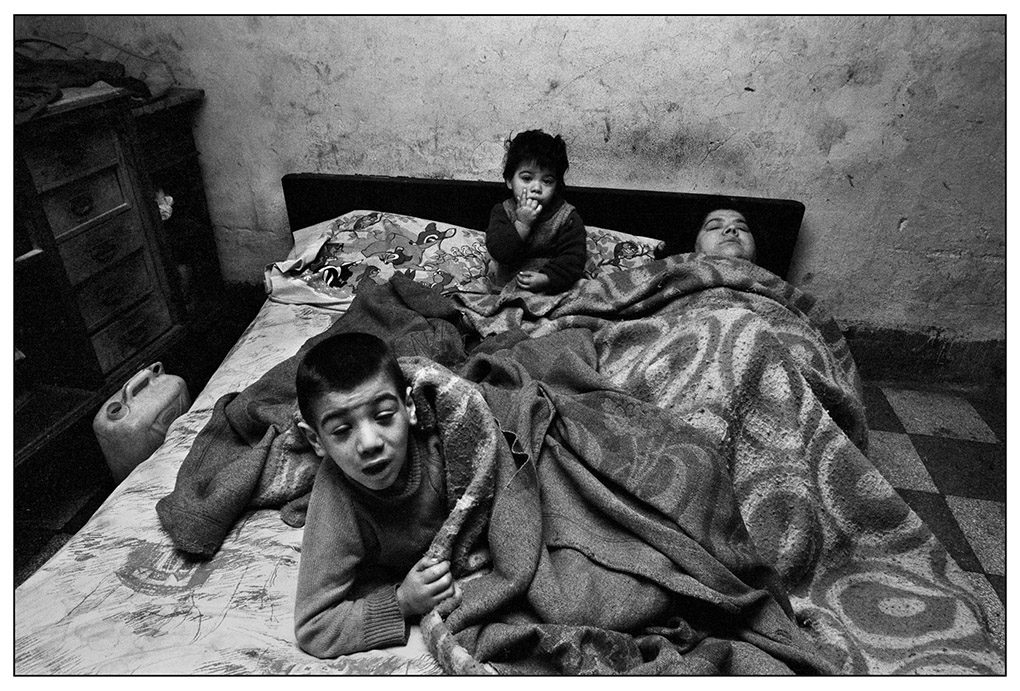
For this reason a huge part of his work, no less important, is devoted to ordinary people, children and women first.
Her subjects are portrayed among the granite streets of the city by an eye that does not invade their space but gets just close enough, as if the photographer is trying not to scare them away lest they lose their authenticity.
Some celebrate, some in glitz and luxury, some wrapped in human warmth and simplicity. Rich and poor mingle in a fragmented social painting that forgets no one but rather dwells more on the destitute and the outcast, the humble, those who truly live and breathe the city.Today Letizia’s photographs represent a glimpse into the panorama of what Palermo was in perhaps the hottest and bloodiest years since the postwar period, but not only …
Indeed, in her shots one breathes the romantic, sometimes unhealthy air that enveloped a country abandoned a step back from its nation; a world that lived with one foot in the past and one in the present, as multifaceted as the photographer’s work.


